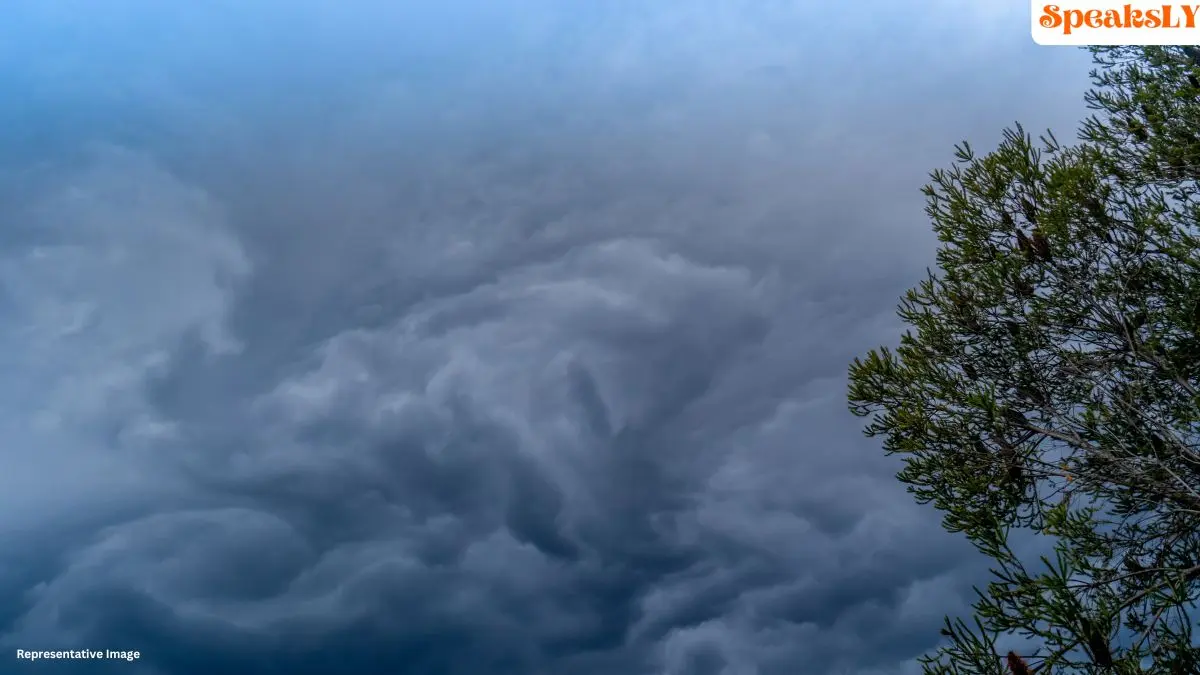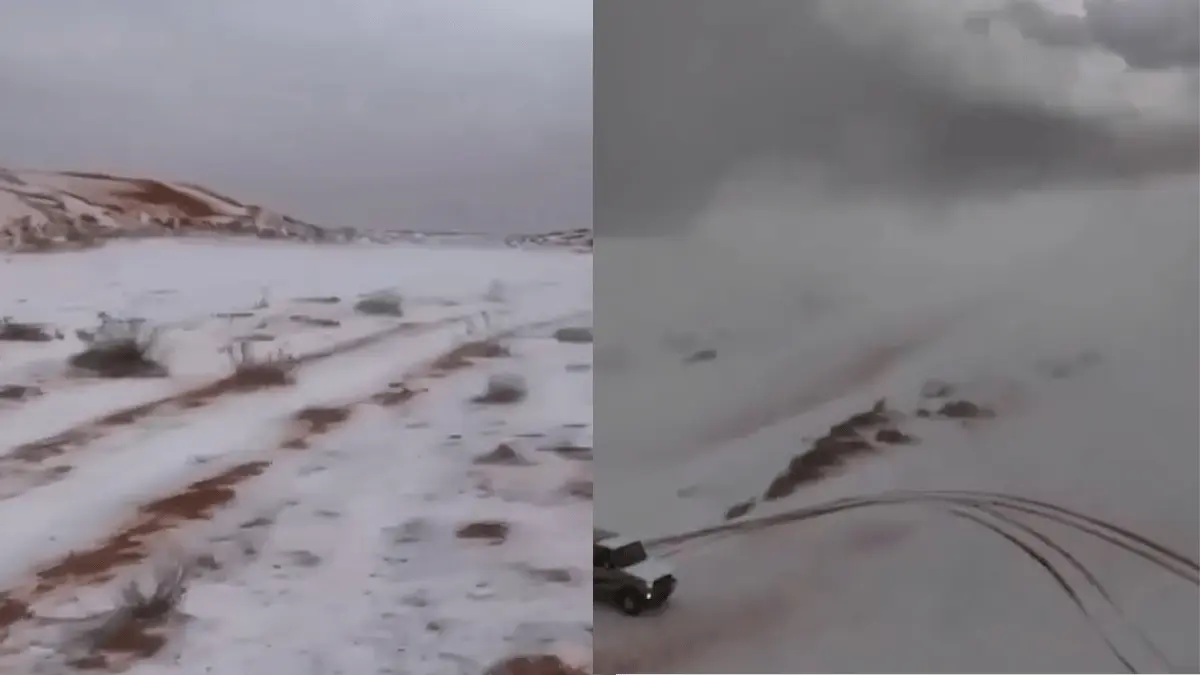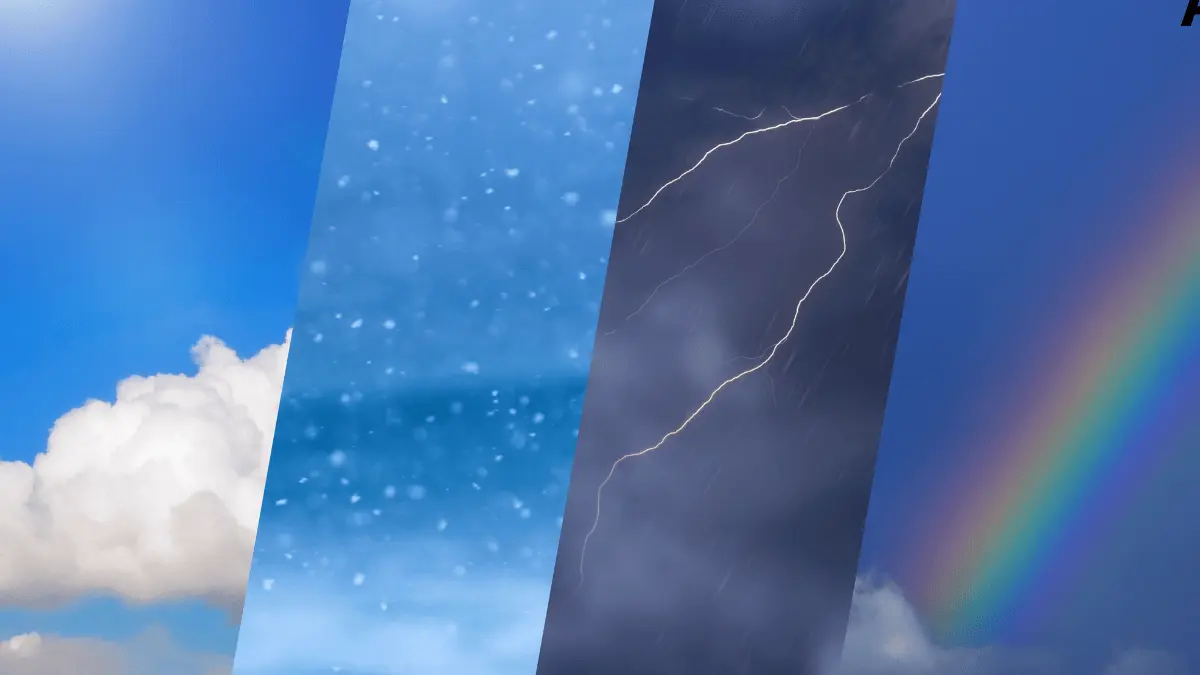La Nina Weather: As the winter season approaches, the United States is preparing for the effects of La Niña, a climate pattern marked by cooler-than-average sea temperatures in the central and eastern Pacific Ocean. According to the Climate Prediction Center, there is a 60% chance that La Niña conditions will fully develop by late November, potentially impacting weather across the country through early spring 2025. While typically associated with colder, snowier conditions in northern states, this year’s weak La Niña may produce a unique weather mix, keeping both the Midwest and South on alert for significant temperature shifts, snowfall, and even drought.
What is La Niña?
La Niña, the colder counterpart to El Niño, occurs when Pacific Ocean water temperatures drop at least 0.9°F below average for three consecutive months. This cooling impacts atmospheric patterns, creating a ripple effect on weather across the globe, particularly in North America. In contrast to El Niño, which often brings milder winters to the northern U.S., La Niña winters tend to feature colder temperatures and frequent storms, especially across the Northwest and Great Lakes regions.
Meteorologist Brooke Hagenhoff explains, “During La Niña, the jet stream typically shifts northward, driving wetter and colder air across northern states while the South experiences warmer, drier conditions.”
Regional Impacts of La Niña Winter 2024-2025
This winter’s weak La Niña is expected to create varied weather patterns across the U.S.:
Pacific Northwest: The Northwest is expected to face a colder-than-average winter with substantial storm activity. La Niña winters often bring a higher risk of intense atmospheric rivers – moisture-laden storm systems that lead to heavy rainfall, snow, and potential flooding in regions like Washington, Oregon, and Northern California.
Northern Plains and Upper Midwest: Frequent cold snaps, coupled with above-average snowfall, are anticipated. This could mean a challenging winter for transportation, particularly in states like Iowa, where La Niña’s impact is less predictable but can still bring colder, snowier conditions later in the season.
Great Lakes Region: Although lake-effect snowfall may be reduced, sporadic cold spells could still trigger significant snow events. Travelers and infrastructure managers across the Great Lakes will need to prepare for potential disruptions.
Southern U.S.: As La Niña typically pushes the jet stream north, the southern tier of the country – including states like Texas and Florida – can expect warmer, drier conditions. However, residents in Florida should still brace for possible freezes, which could affect agriculture.
Mid-Atlantic and Southeast: Warmer-than-normal winter temperatures are likely, which could mean less snow but an increased risk of icy conditions in cities that usually see milder winters. This may bring increased freeze-thaw cycles, potentially impacting roads and infrastructure.
Business and Infrastructure Implications
La Niña’s varied weather impacts could pose challenges across multiple sectors:
Utilities: While warmer-than-average temperatures may reduce heating demand in parts of the South and Northeast, brief but intense cold periods could spike energy usage in the Midwest. Utilities in storm-prone areas like the Pacific Northwest may need to prepare for high winds, heavy rain, and possible outages.
Transportation: From icy roads to closed routes, the transportation industry is set to face hurdles. Trucking routes in snow-prone areas like the Upper Midwest may encounter frequent disruptions, while airports from the Pacific Northwest to the Great Lakes could see delays and cancellations due to increased snowfall, ice, and de-icing needs.
Agriculture: The risk of warmer winter temperatures and potential freezes in the South may affect crop yields, especially in regions like Florida that are sensitive to sudden temperature changes.
What This Means for Iowa
Iowa currently remains in a “La Niña Watch” phase. State climatologist Justin Glisan notes that it’s difficult to predict with precision, but recent La Niña winters have shown a trend of warmer early winter conditions in Iowa, followed by colder, snowier weather in the latter half. For now, Iowa residents are advised to prepare for fluctuating winter conditions, with the possibility of a later onset of spring.
The Bigger Picture for La Niña Winter 2024
As La Niña conditions develop, businesses, travelers, and residents alike should stay updated on regional weather forecasts. Real-time weather data will be essential for navigating this winter’s challenges, from managing energy usage to anticipating road and flight delays. While La Niña’s impacts may be weaker this year, its influence across northern and southern states underscores the need for timely planning and safety measures.
La Niña’s influence may bring a unique winter season across the United States, affecting daily life, infrastructure, and business operations. With colder air moving through the North and warmth persisting in the South, this La Niña winter promises to keep us all on our toes.





